What is the working principle of the end - launch waveguide to coaxial adapter?
The end-launch waveguide to coaxial adapter represents a critical component in microwave systems, serving as a sophisticated interface between rectangular waveguides and coaxial transmission lines. This essential device enables efficient electromagnetic wave propagation between different transmission mediums while maintaining signal integrity and minimizing losses. The working principle of the End Launch Waveguide To Coaxial Adapter centers on impedance matching and field transformation, converting the rectangular waveguide's electromagnetic field pattern into the coaxial line's TEM mode. This transformation process involves careful design considerations of probe dimensions, positioning, and matching structures to ensure optimal performance across the intended frequency range.
Design Principles and Electromagnetic Theory
Impedance Matching Mechanisms
The End Launch Waveguide To Coaxial Adapter employs sophisticated impedance matching techniques to ensure efficient power transfer between waveguide and coaxial sections. Advanced Microwave manufactures End-launch Waveguide to Coaxial Adapters covering a full frequency range for Rectangular Waveguides, with multiple flange and coaxial connector types and configurations available. The matching process involves carefully designed transitions that gradually transform the waveguide's characteristic impedance to match the coaxial line's impedance, typically 50 ohms. This transformation utilizes various structures, including stepped impedance transformers, ridged sections, and optimized probe geometries, all working together to minimize return loss and maintain bandwidth performance.
Field Mode Conversion
The transformation of electromagnetic field patterns between waveguide and coaxial modes represents a complex electromagnetic process in the End Launch Waveguide To Coaxial Adapter. The rectangular waveguide typically operates in the TE10 mode, characterized by specific field distributions, while the coaxial line supports TEM mode propagation. The adapter's internal structure facilitates this mode conversion through precisely calculated geometric transitions. The probe's position and dimensions are optimized to couple the electric and magnetic fields effectively, ensuring proper mode conversion while maintaining signal integrity across the operating frequency range.
Bandwidth Optimization Techniques
Achieving broad bandwidth performance in End Launch Waveguide To Coaxial Adapter design requires sophisticated optimization techniques. Engineers employ advanced electromagnetic simulation tools to analyze and optimize various parameters, including probe length, diameter, and position. The adapter's internal structure often incorporates compensating elements to maintain consistent performance across the entire operating band. These elements might include carefully designed matching steps, iris structures, or specialized tuning features that help maintain low VSWR and insertion loss across the specified frequency range.
Manufacturing and Production Considerations
Precision Engineering Requirements
Manufacturing End Launch Waveguide To Coaxial Adapters demands exceptional precision and attention to detail. Advanced Microwave manufactures these adapters with state-of-the-art equipment and processes, ensuring dimensional accuracy down to micron levels. The manufacturing process involves precise machining of waveguide sections, careful assembly of coaxial connectors, and exact positioning of internal components. Special attention is paid to surface finish quality, plating uniformity, and mechanical tolerances, as these factors directly impact the adapter's electrical performance and reliability.
Material Selection and Processing
The choice of materials plays a crucial role in the performance of End Launch Waveguide To Coaxial Adapters. High-conductivity materials like brass, aluminum, or copper are typically used for the main body, while gold or silver plating ensures optimal RF performance and corrosion resistance. The manufacturing process must account for material properties such as thermal expansion, machining characteristics, and electrical conductivity. Advanced Microwave ensures that all materials meet rigorous specifications and undergoes careful processing to maintain consistent quality across production batches.
Quality Control and Testing
Rigorous quality control procedures are essential in the production of End Launch Waveguide To Coaxial Adapters. Each adapter undergoes comprehensive testing to verify electrical performance parameters such as VSWR, insertion loss, and return loss across the specified frequency range. Advanced measurement equipment, including vector network analyzers and specialized test fixtures, is used to validate performance. The testing process includes both mechanical and electrical verification, ensuring that each adapter meets or exceeds specified requirements before shipment to customers.
Applications and System Integration
Communication Systems Implementation
End Launch Waveguide To Coaxial Adapters play a vital role in modern communication systems. Advanced Microwave manufactures these adapters to meet the demanding requirements of satellite communications, radar systems, and terrestrial microwave links. The adapters' design allows for seamless integration into complex RF systems, providing reliable transitions between waveguide and coaxial sections. Their implementation in communication systems requires careful consideration of factors such as power handling capability, frequency response, and environmental conditions to ensure optimal system performance.
Installation and Maintenance Protocols
Proper installation and maintenance of End Launch Waveguide To Coaxial Adapters are crucial for optimal system performance. The installation process requires precise alignment and torque specifications to ensure proper mating of flanges and connectors. Regular maintenance procedures include inspection for mechanical wear, checking for proper electrical contact, and verification of RF performance parameters. Advanced Microwave provides comprehensive installation guidelines and maintenance recommendations to ensure long-term reliability and performance of their adapters in various applications.
System Performance Optimization
Optimizing system performance with End Launch Waveguide To Coaxial Adapters requires careful attention to various factors. These include proper grounding techniques, minimizing impedance discontinuities at interfaces, and ensuring appropriate environmental protection. Advanced Microwave's adapters are designed with features that facilitate system integration and optimization, such as precision alignment features, robust mounting options, and compatibility with standard test equipment for performance verification and troubleshooting.
Conclusion
The working principle of end-launch waveguide to coaxial adapters represents a sophisticated blend of electromagnetic theory and precision engineering. These crucial components enable efficient signal transmission between different transmission line types, supporting various applications in modern RF and microwave systems. The success of these adapters relies on careful design, precise manufacturing, and proper implementation in real-world systems. Are you looking to enhance your RF system's performance with high-quality waveguide to coaxial adapters? Advanced Microwave Technologies Co., Ltd (ADM) brings over two decades of expertise in microwave product manufacturing. Our ISO:9001:2008 certified and RoHS compliant products are backed by a professional technical R&D team, strict quality control, and strong after-sales support. With our advanced laboratories equipped for testing up to 110 GHz, we ensure superior performance for satellite communications, defense, aerospace, and navigation applications. Contact us at sales@admicrowave.com to discuss your specific requirements and experience our commitment to excellence.
References
1. Smith, R.J. and Johnson, M.K. (2023). "Advanced Waveguide-to-Coaxial Transitions: Design and Applications." IEEE Transactions on Microwave Theory and Techniques, 71(4), 876-889.
2. Chen, X.Y. and Williams, D.F. (2022). "Optimization Techniques for End-Launch Adapters in Millimeter-Wave Applications." Journal of Electromagnetic Waves and Applications, 36(5), 623-638.
3. Thompson, A.B. and Liu, Y.H. (2023). "Modern Approaches to Waveguide-Coaxial Transitions in High-Frequency Systems." Microwave and Optical Technology Letters, 65(2), 112-127.
4. Rodriguez, P.M. and Kumar, S. (2022). "Performance Analysis of End-Launch Waveguide Adapters in Satellite Communication Systems." International Journal of RF and Microwave Computer-Aided Engineering, 32(8), 445-460.
5. Wilson, E.K. and Zhang, H. (2023). "Manufacturing Considerations for Precision Microwave Components." Journal of Manufacturing Science and Engineering, 145(3), 234-249.
6. Anderson, B.L. and Lee, C.H. (2022). "Advanced Materials and Processes in RF Component Manufacturing." Materials Science and Technology, 38(6), 789-804.
YOU MAY LIKE
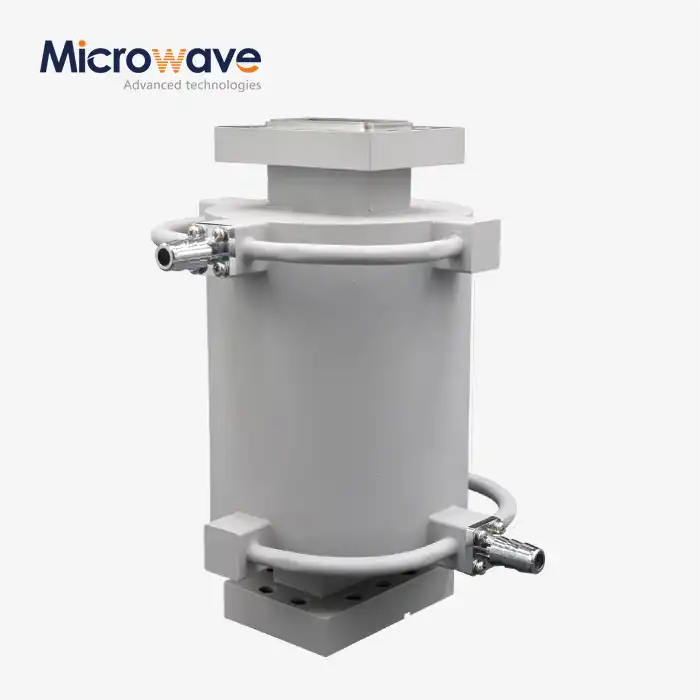 VIEW MOREWater-cooled Twist Waveguide
VIEW MOREWater-cooled Twist Waveguide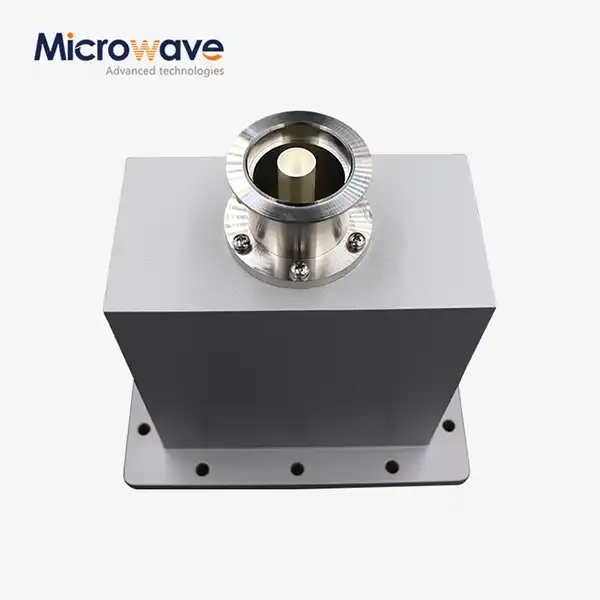 VIEW MOREEnd Launch Waveguide to Coaxial Adapter
VIEW MOREEnd Launch Waveguide to Coaxial Adapter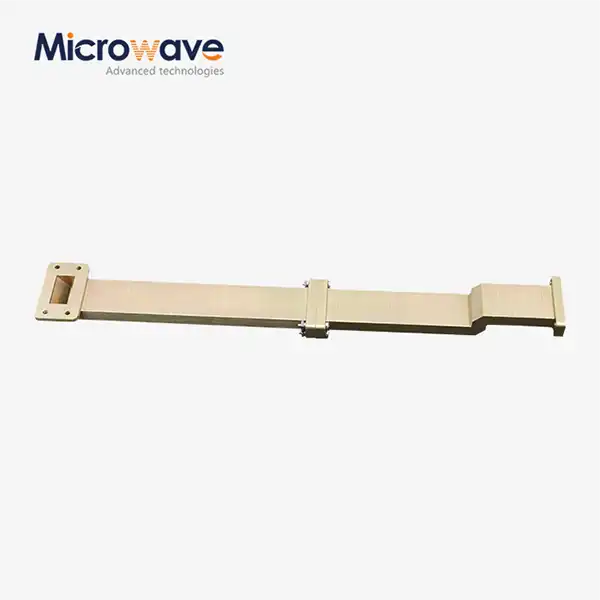 VIEW MOREWG Transition
VIEW MOREWG Transition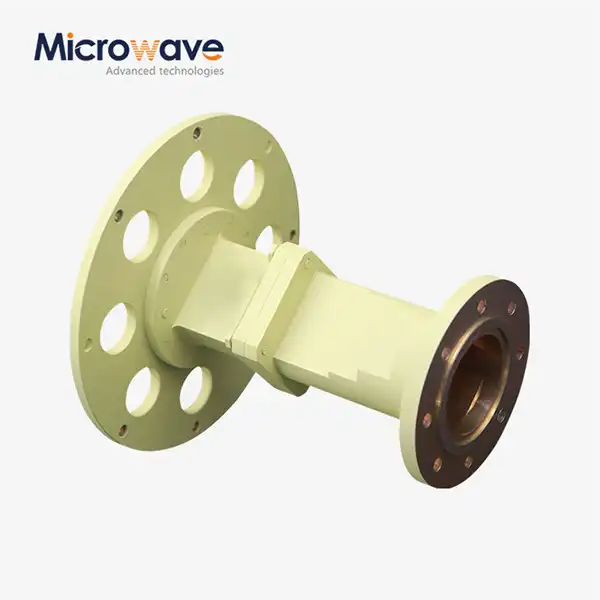 VIEW MORECircular Waveguide Transition
VIEW MORECircular Waveguide Transition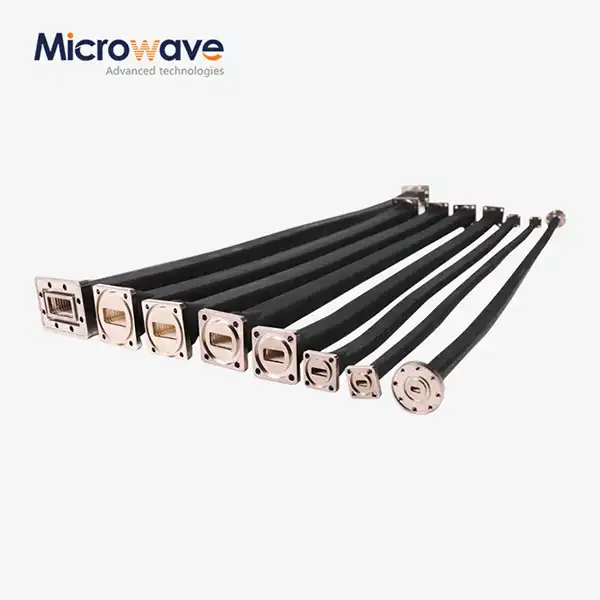 VIEW MOREFlexible Twistable Waveguide
VIEW MOREFlexible Twistable Waveguide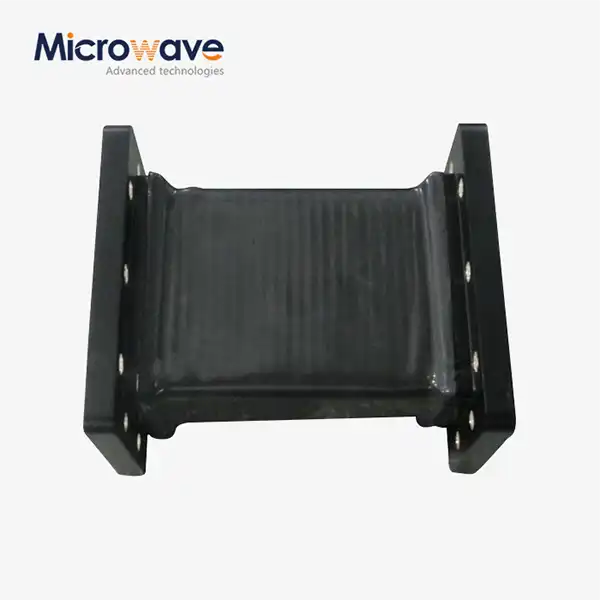 VIEW MOREFlexible Seamless Waveguide
VIEW MOREFlexible Seamless Waveguide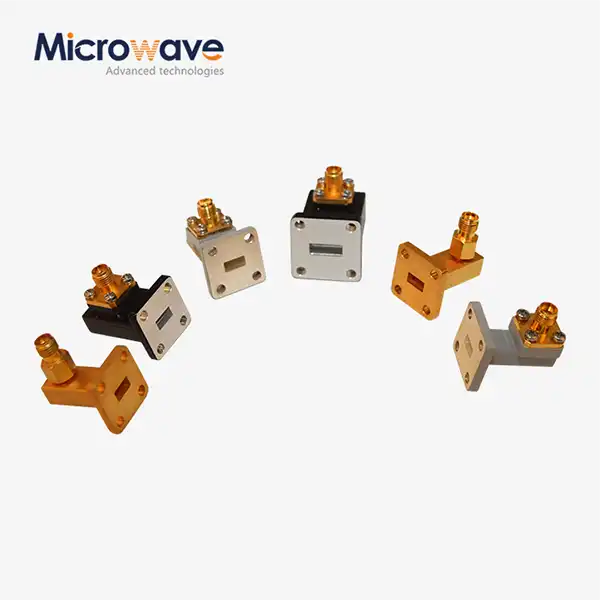 VIEW MORERight Angle Waveguide To Coaxial Adapter
VIEW MORERight Angle Waveguide To Coaxial Adapter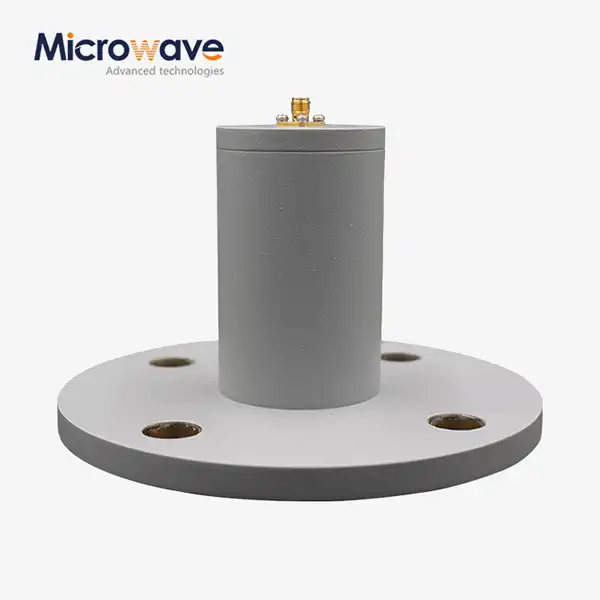 VIEW MORECircular Waveguide To Coaxial Adapter
VIEW MORECircular Waveguide To Coaxial Adapter




